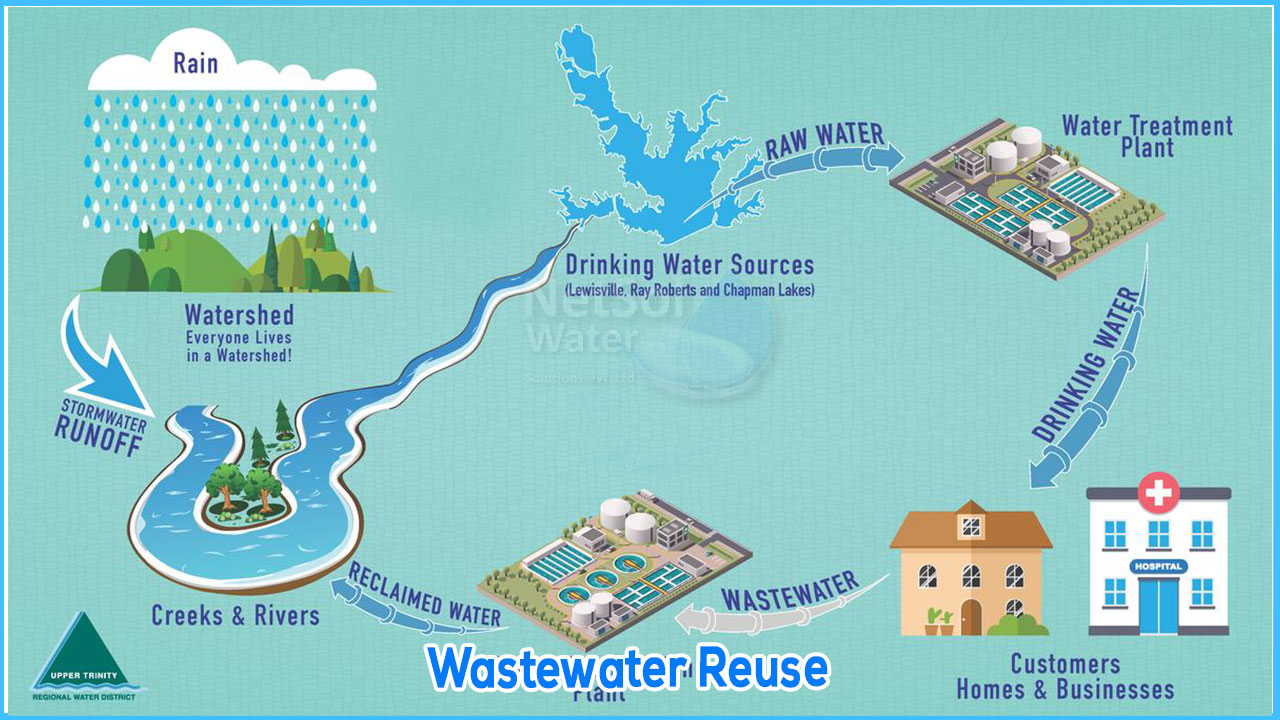Waste water generated by residential and commercial: usage
RESIDENTIAL COMPLEX: The amount of water utilized by residents in a residential complex without access to an underground sewerage/drainage system is estimated to be 135 lpcd. The total volume (number of inhabitants x 135 litres) enters a sewage treatment plant (STP) on the grounds, and the STP must treat this complete volume.
In the vast majority of situations, the actual waste created far exceeds this figure, causing the STP to become overburdened. This occurs frequently because practically all residential complexes and gated communities do not install water meters or other water volume and flow metering equipment’s to keep track of water consumption.
COMMERCIAL COMPLEX: This type of structure is only occupied by humans during "duty hours," which are roughly 8 to 10 hours per shift, if there are many shifts. Water consumption is calculated at 50 litres per capita per person per shift in this scenario.
HOW IS WASTE WATER TREATED?
If sullage (grey water) is collected in a separate storage tank, it can be treated by aerating it to keep it from becoming septic, then dosed with a coagulant, chlorinated, and filtered using pressure sand filtration followed by activated carbon filtration before being stored in a separate overhead tank or tanks for flushing toilets and other uses where fresh or potable water is not required. Currently, sludge and sewage (black water) are mixed and treated in a sewage treatment plant (STP) (Sewage treatment plant).
This necessitates the installation of plumbing to supply two sets of storage tanks on the rooftops of any residential or commercial structure. Fresh water will be received and stored in one set of storage tanks before flowing through plumbing to bathrooms and kitchens where it will be used for drinking, cooking, washing, and bathing.
The second set of tanks will hold treated waste water that will be piped to all of the toilet flush tanks as well as other locations where the water can be used to wash yards, floors, and gardens.
METHODS FOR SEWAGE TREATMENT
Sewage treatment relies on a method provided by nature, namely microbial action. When a constant supply of air is pushed into a tank containing sewage that has been filtered to eliminate any floating debris and non-soluble substances, microorganisms existing in the sewage become activated. These microorganisms are found in sludge, which makes up a large portion of sewage, and they eat the contaminants in the sewage while being kept alive and proliferating by the air supply.This is a tried-and-true system known as the 'Activated Sludge Process (ASP)' around the world. It is the world's oldest system and the most widely utilized method.
The following primary treatment phases will be included in a STP based in this aerobic process:
- 1. Primary Treatment: At this stage, raw sewage is screened to remove floating debris/insoluble contaminants including plastic bags, leaves, twigs, and paper, among other things.
- 2. Secondary Treatment: At this stage, oxygen (air) is added to the sewage to activate the bacteria that devour the pollutant load and eventually decompose into sludge (biomass). Sludge and aerated sewage are then separated, with the sludge being collected and de-watered/dried for disposal. The sludge can be used as garden compost. Sludge-free water is transported to a clear water tank.
- 3. Tertiary Treatment: Clarified water is filtered through a pressure sand filter and an activated sand filter to remove any leftover suspended particles as well as a significant portion of the BOD and COD. Finally, it is disinfected by chlorination, ozonation, or ultra violet light to destroy all of the germs present. This tertiary cleaned water is then piped into a separate series of storage tanks, where it is utilized to flush toilets, clean roads, yards, and garden.




